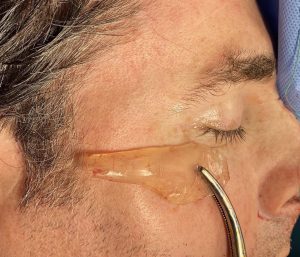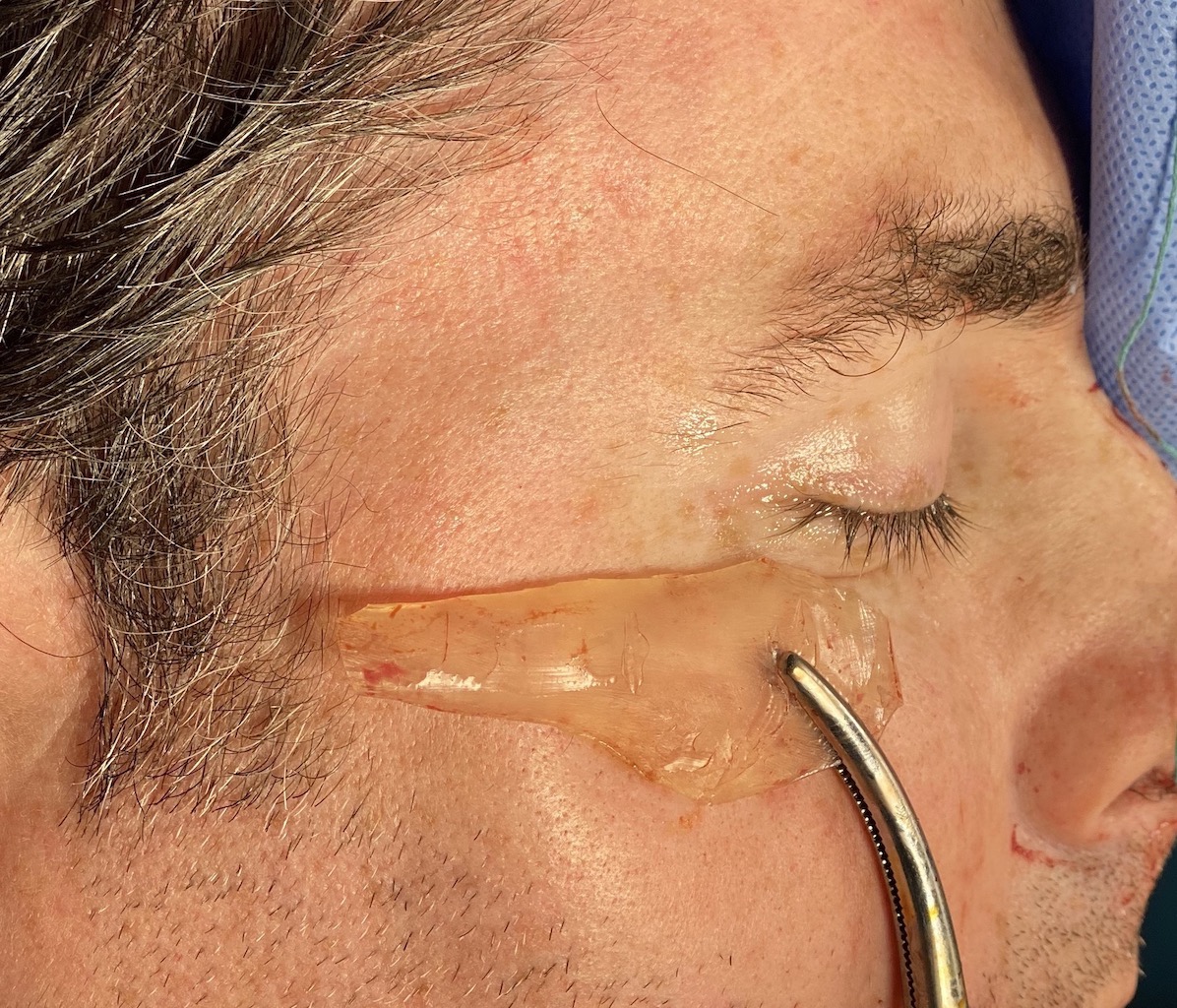While cheek implants have been around for over fifty years little attention has been paid to their gender differences. Men and women do not want the same type of cheek augmentation effect/look in my experience in many patients. While the facial differences between men and women have been acknowledged for centuries cheek implants exist as if they are universal in use and in their desired effect.
While women seek fuller and somewhat rounder cheeks, men seek a more defined cheek look. Often called the high cheekbone look it rarely has been described from an anatomic standpoint. I recently was at a facial plastic surgery meeting and I asked the audience what is a high cheekbone look and no one could provide an exact answer as to what it is. It is impossible to be able to achieve this look if it can not be accurately define it since you have to make an implant do it. (and if the patient has the right kind of face to achieve it)
Getting a more defined or high cheekbone look specifically refers to bone augmentation only, keeping the augmentation on the zygomatic body and the zygomatic arch. As a result it is a more horizontal line of augmentation that is skeletal in location. This is unlike what is often done in women were a significant part of the augmentation goes off of the bone onto the masseteric fascia. This more anterior and lower cheek implant location creates a rounder/fuller effect which is consider youthful and attractive in women. When done in men it has a feminizing effect which few men want.

It is also important to know that just a few millimeters of implant augmentation can go along way, particularly if the cheekbones are not particularly weak. (2 to 3mms is often all that is needed)
This standard cheek implant strategy can be effective in the male patient who has reasonable cheekbone but lacks a more defined shape. In more significant cheek deficiencies, such as in those patients with undereye hollows and close to or actual negative orbital vectors, a custom cheek implant approach should always been done.
Dr. Barry Eppley
Indianapolis, Indiana



